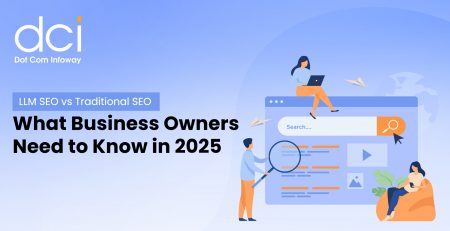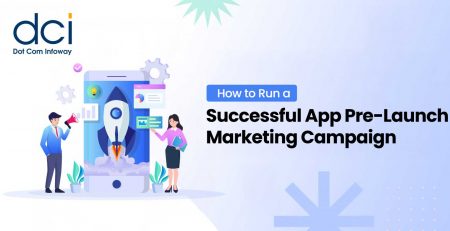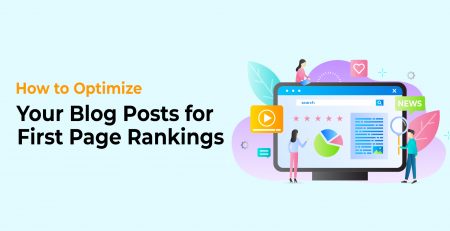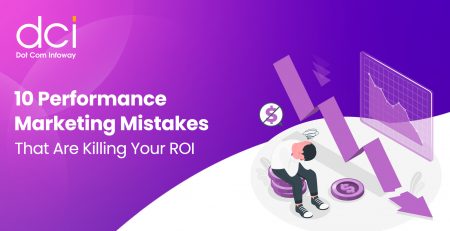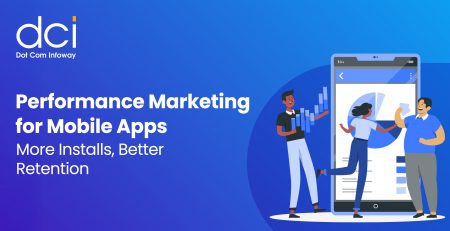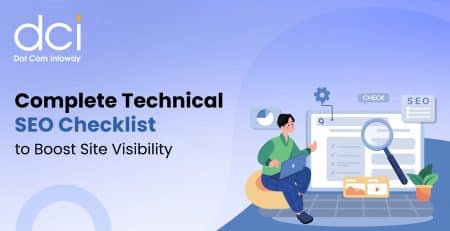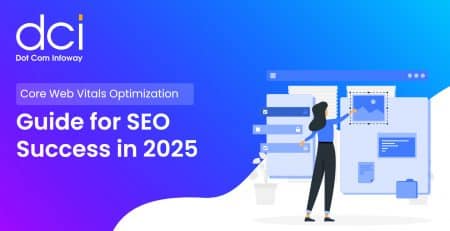2025’s Must-Know Mobile App Marketing Trends for Startups
The mobile app market is becoming increasingly crowded, with startups racing to differentiate themselves and capture users’ attention in a landscape driven by rapid innovation. As of 2025, over 7.5 billion mobile devices are in use globally, making it essential for startups to craft marketing strategies that don’t just compete but dominate. The key to survival? Staying ahead of evolving trends that influence how users discover, download, and engage with apps. From AI-driven personalization to influencer collaborations and advanced app store optimization (ASO) techniques, mobile app marketers are rewriting the playbook this year.
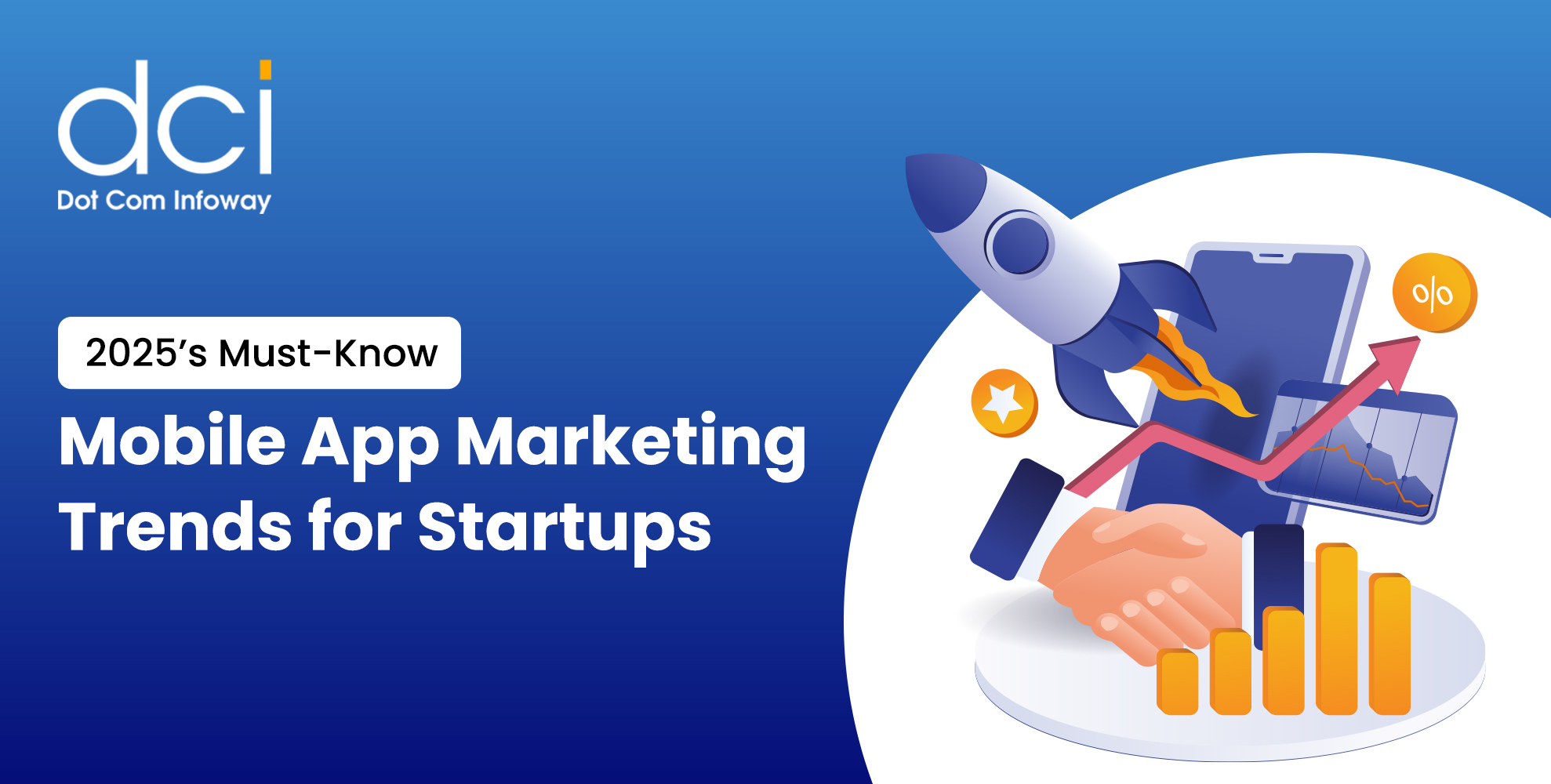
The Changing Face of Mobile App Marketing in 2025
The mobile ecosystem has matured significantly, with users expecting personalized, seamless, and valuable experiences at every touchpoint. With over 1,000 new apps added daily to platforms like Google Play and the App Store, discoverability and retention are now two critical pillars of mobile app marketing success. The conventional strategies of pushing ads and relying on app downloads alone are no longer sufficient. In 2025, growth is about creating tailored experiences, leveraging emerging technologies like AI, and ensuring that marketing efforts deliver long-term user engagement.
Gone are the days when mere visibility in the app stores was enough to guarantee success. Mobile-first startups must think holistically about their marketing strategies, incorporating content, social proof, and performance tracking to maintain relevance in a hyper-competitive landscape.
App Store Optimization (ASO) 2.0: Advanced Techniques for Visibility
ASO remains a non-negotiable strategy in mobile marketing, but in 2025, it’s more complex than ever. With over 5.7 million apps competing for attention, basic keyword targeting and optimized titles are no longer enough. Today’s ASO involves a combination of deep keyword research, localization, and enhanced visual content.
Startups should focus on custom product pages, a feature that allows for personalized app landing pages tailored to specific audiences. Apple’s push for in-app events also creates new ASO opportunities, helping startups showcase promotions, updates, and time-sensitive events that drive organic engagement. Combining ASO with paid ad strategies, such as Apple Search Ads, ensures a steady stream of users who are actively searching for your solution.
AI-Driven Personalization: The Secret to Retaining Users
In 2025, personalization isn’t a luxury—it’s a necessity. AI-powered personalization has transformed how users interact with apps, offering dynamic experiences based on behavioral data. Apps like Netflix and Spotify set the standard by tailoring recommendations and push notifications based on users’ preferences. For startups, replicating this model can lead to higher retention rates and prolonged app engagement.
Start by integrating machine learning algorithms that adapt content and messaging based on individual user behavior. For example, an e-commerce app could push product recommendations based on recent browsing patterns or offer targeted discounts to reduce churn. AI also helps optimize in-app messaging and email campaigns, delivering personalized nudges that convert inactive users into loyal ones.
Startups should also embrace predictive analytics to anticipate user needs before they arise. Tools like Firebase and Amplitude can provide insights into user behavior patterns, enabling startups to deploy proactive marketing interventions at critical moments.
Influencer and Community Marketing: Leveraging Niche Audiences
Influencer marketing continues to thrive in 2025, but with a twist—niche and micro-influencers are taking center stage. While celebrity endorsements may still be effective for broad audiences, startups benefit most from collaborating with influencers who have highly engaged, targeted followings. These collaborations foster authenticity, which translates into higher conversion rates and user trust.
Mobile gaming startups, for instance, often partner with YouTubers or Twitch streamers to promote new releases. Lifestyle and fitness apps collaborate with health influencers to showcase user benefits in real-world contexts. By building a network of influencers across various platforms, startups can create a continuous stream of content, reviews, and recommendations that boost downloads organically.
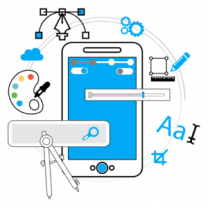
Ready to boost your website’s rankings and online visibility?
Discover how our expert SEO services can resolve ranking issues, drive traffic, and elevate your website’s performance to the next level!
Subscription Models and Monetization Shifts
2025 sees a clear shift in how apps generate revenue. With freemium models dominating the market, startups are moving beyond in-app purchases and ads to offer subscription-based services that guarantee steady, predictable income. Users are now more willing to pay for premium features if they perceive long-term value, making it essential for startups to craft compelling subscription offerings.
Startups should focus on creating tiered pricing models that cater to different user needs. For example, offering basic features for free, mid-tier plans for power users, and premium plans for enterprise users. Integrating loyalty programs that reward long-term subscribers enhances retention rates and reduces churn.
User-Generated Content (UGC) as a Growth Catalyst
User-generated content is emerging as a major growth lever in mobile app marketing strategies. Reviews, testimonials, and social media posts showcasing user experiences provide authentic social proof that influences new users. By encouraging users to create and share content—whether through contests, challenges, or referral programs—startups can significantly boost organic app downloads.
Take inspiration from apps like TikTok and Duolingo, where users actively share their experiences and achievements, creating a snowball effect of new downloads. Integrating in-app sharing features further encourages users to promote your app within their networks.
Voice Search and Conversational Marketing
As voice search adoption grows, mobile app marketers must optimize their strategies to ensure their apps are easily discoverable through voice commands. From voice-activated search engines to AI-powered chatbots offering conversational experiences, startups need to reimagine their communication channels to cater to voice-driven interactions.
Optimizing app descriptions for voice search involves using natural language keywords that align with how users speak rather than type. Implementing chatbots within apps can enhance user experience by offering real-time assistance, which is particularly valuable for e-commerce and service-based apps.
Conclusion: Stay Agile, Stay Ahead
2025 is a year of transformation for mobile app marketing, offering numerous opportunities for startups to outpace competitors by leveraging emerging trends. The key lies in adopting an agile approach, where experimentation and adaptation drive results. By focusing on personalized experiences, influencer partnerships, ASO advancements, and new monetization models, startups can build sustainable growth engines. The time to act is now—start implementing these strategies to capture market share, retain users, and ensure long-term app success.
Conclusion
Ultimately, there’s no one-size-fits-all answer when choosing between paid and organic app marketing. Both have their strengths and limitations, and the best strategy often depends on factors like your app’s maturity, target audience, and budget. Paid marketing can bring quick wins, but without organic efforts to retain users, the gains may be short-lived. Conversely, solely relying on organic growth could slow down initial success. In 2025, blending both approaches strategically is key—allowing you to capitalize on immediate visibility while nurturing a loyal user base that drives long-term growth.


